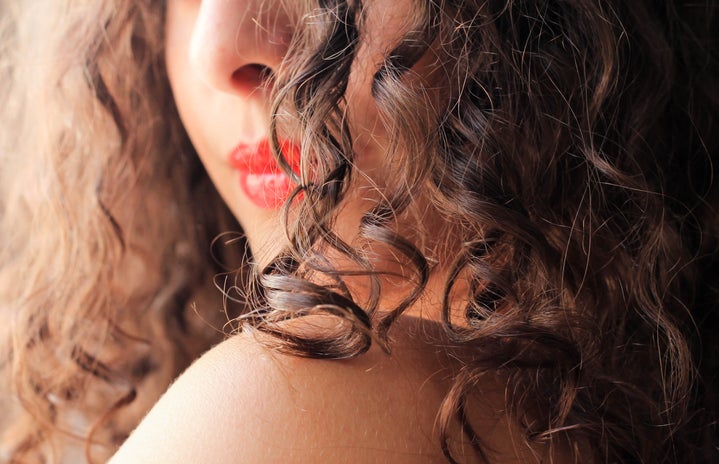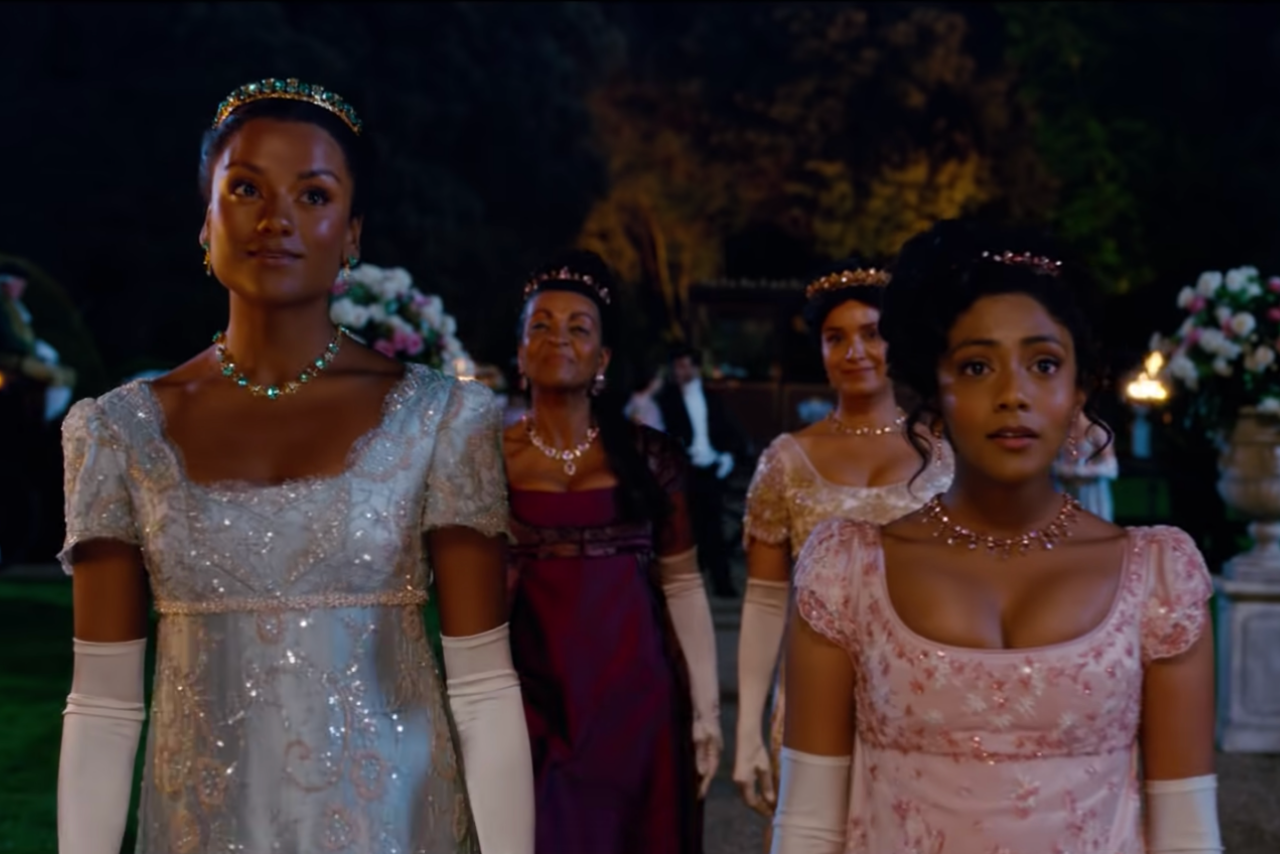South Asian beauty culture places a lot of emphasis on hair. The pursuit of healthy hair is ingrained into South Asian women’s beauty routines from day one, with many of us aspiring to have long, thick strands. For lots of us South Asian girls, oiling our hair is an absolute must-do ritual passed down through the generations. Many attribute their healthy hair to the accompanying deep massage. I’d go as far as saying that there is likely a Dabur Amla or Parachute coconut oil bottle laying around somewhere in almost every South Asian household.
Ayurvedic wellness practices, such as dry brushing, yoga and turmeric lattes, have crept into our daily lives in recent years. However, the practice of oiling hair has largely remained a mystery. Now, the method has quietly gained popularity in recent years and dethroned straightforward masks that claim to give you beautiful hair. The popularity of this practice could potentially be attributed to the famous scene in the period drama Bridgerton, where Kate Sharma was first seen massaging oil into the hair of her younger sister, Edwina. It was a very special cultural moment that showed hair oiling to be a tender act of love.
Since then, this practice has blown up on TikTok and has been dubbed “hairslugging.” It is outrageous to take practices from people of color and rebrand them. Although it may be a straightforward act of self-care for white women, it means so much more for South Asian women. Most mothers perform this ritual for their daughters, and their mothers performed it for them when they were young. It’s ironic that this practice has gained popularity now considering that most South Asian girls in their youth felt embarrassed to go out in public with oil-soaked hair out of concern for criticism. However, I can also see how this trend might be advantageous since it normalizes hair oiling and might help younger South Asian girls avoid feeling like outsiders.
Given all of this important context, let’s dig into he details of actually trying out hair oiling! While pre-washing can be done with any oil, including cooking oils like olive oil, large brands like Ouai, Oribe and Moroccanoil have marketed prewash oils that are incredibly expensive. The truth is, it doesn’t matter how much your oil costs; the key is just consistency. The method for oiling hair involves massaging the scalp with the chosen oil before soaking the hair shafts and ends. Braids and buns are two protective hairstyles that keep the hair in tact. Although it is advised to leave it in overnight, two hours should do the trick if you’re in a hurry. It’s sad to see that when the next new hack appears, this trend will eventually fade away. However, I will not stop using it, and neither will many other South Asian women. It symbolizes love, culture and beauty. A mosaic of memories of tender moments will continue to be generated as a result of this practice.



